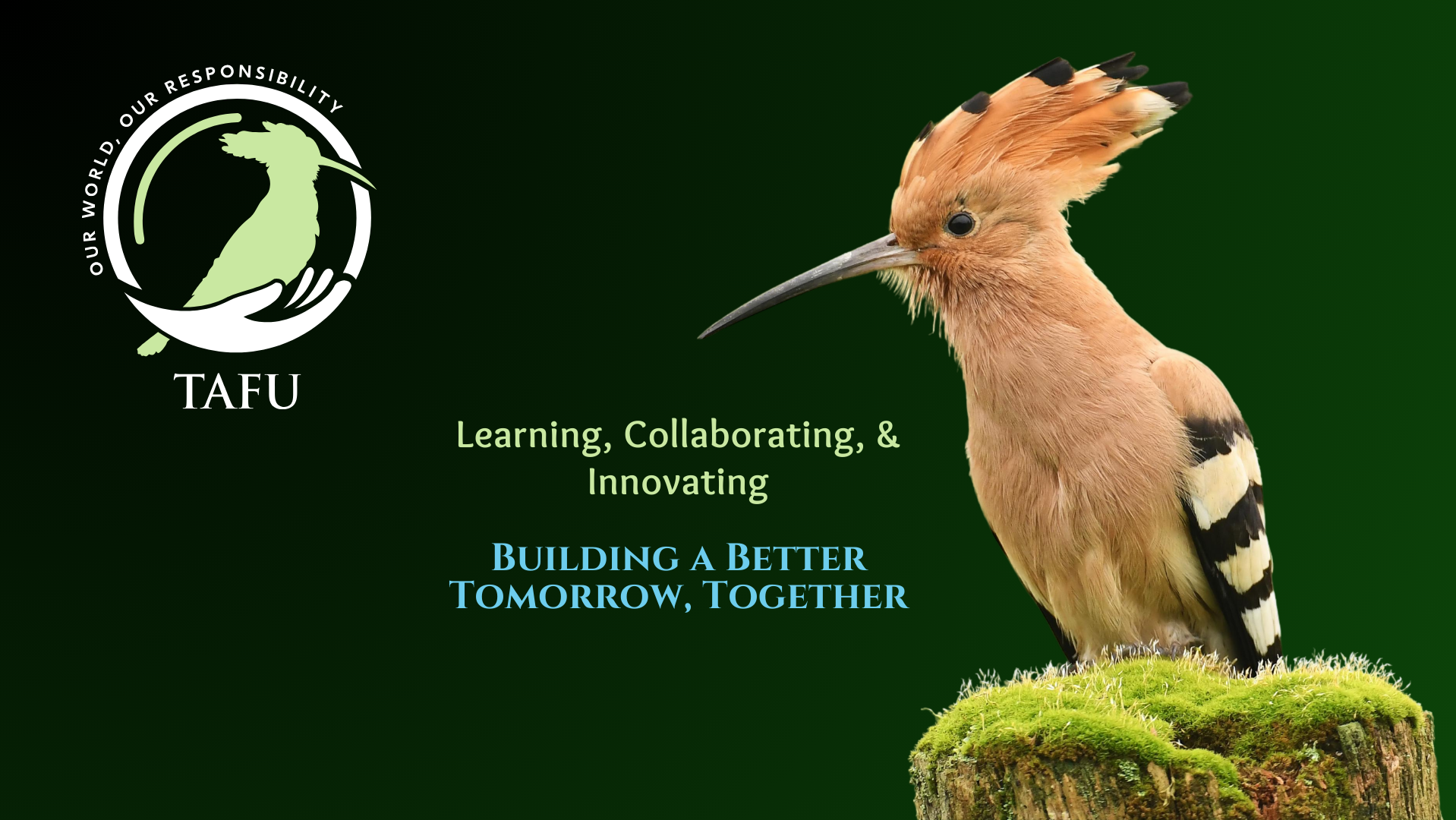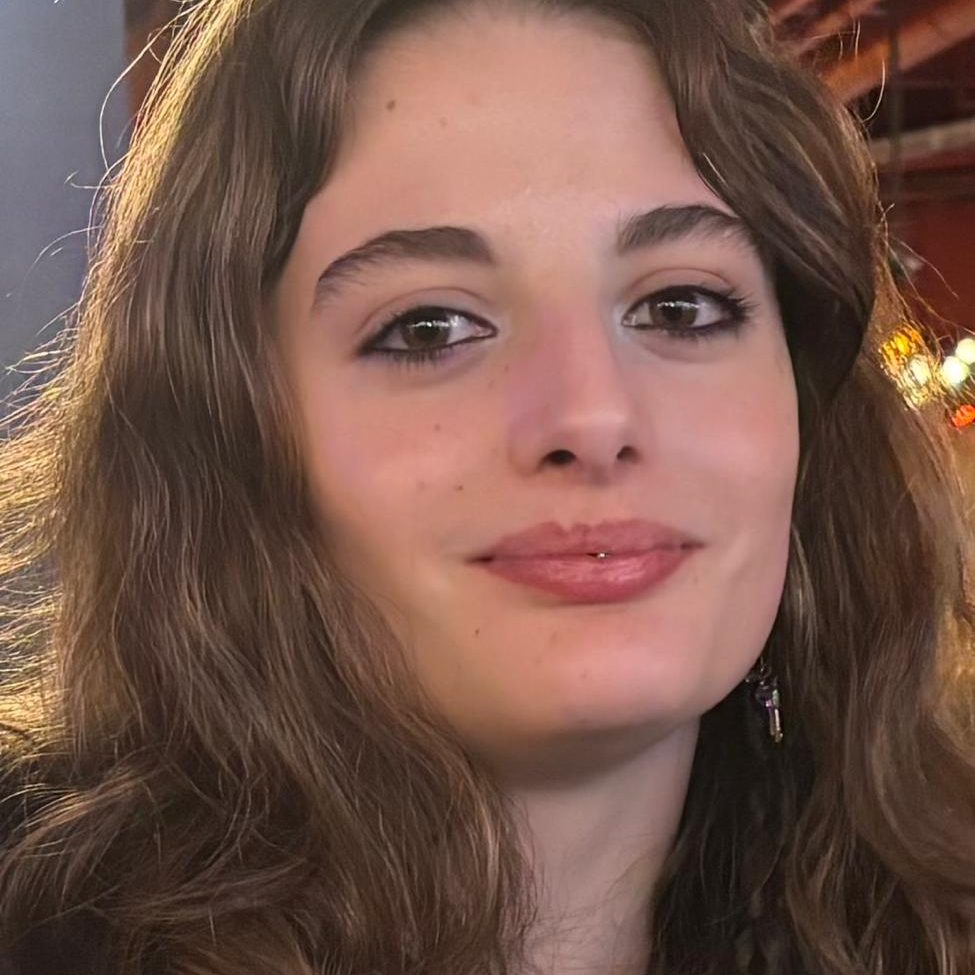Reconnecting with Nature: The Role of Everyday Conservation
With each day going by faster than the last, it’s easy to overlook the existence of the wild world just beyond our doorsteps. The soft rustle of leaves along a hedge, the gentle hum of a bee flying from petal to petal, and the flash of a fox slipping through the garden at dusk, these are subtle, fleeting moments. But they’re powerful reminders that the wild is still with us, even in the places we think we know best.
Native wildlife and plants do much more than just add beauty to our environments. They’re part of an ancient, often invisible system that supports our lives in ways we don’t always see. Bees, butterflies, and birds perform vital tasks, such as pollination and seed dispersal. They enable the continuous growth of plants, crops, and ecosystems overall. Trees and shrubs provide food and shelter for many animals. In the ground, even the smallest animals are working hard by breaking down materials, conditioning the soil, and setting the foundation for everything else to be.
The growing issue is that many of these species are struggling. As towns, roads, and farms grow, they have ultimately gradually chipped away at the habitats they once relied on. Pollution, habitat loss, and the increasing pressure of climate change are putting more and more pressure on wildlife. In the UK alone, hedgehogs, bumblebees, and once-abundant wildflowers have seen disturbing declines in their numbers.
So, what can we do?
The encouraging part is that even small acts can begin to reclaim what has been lost. Planting native wildflowers in your garden or balcony box provides a great food source for bees and butterflies that’s suited to their needs. Native planting benefits wildlife and reduces the need for detestable pesticides. Avoiding pesticides helps protect not only insects, but also animals such as birds, bats, and others that depend on them.
Also, not mowing a section of grass and leaving it to grow, or making a simple pile of logs, can be a great sanctuary for frogs, toads, and hedgehogs. Other ways to help can include leaving out shallow dishes of clean water in hot weather. This could mean the difference between life and death for some birds and small mammals trying to survive the heat.
Caring for nature doesn’t always have to mean grand gestures. Often, it is in the little things we do, for example, pausing during a walk to listen for birdsong, noticing the first flowers of the season, or even just teaching a child how to observe a beetle closely instead of shooing it away. These small, quiet moments help us reconnect with the living world around us.
Restoring that connection to the nature that surrounds us is more than an environmental choice. It’s a choice of care, curiosity, and of an overall sense of connection to something greater than our day-to-day lives. By choosing to care for the plants and animals within our communities, we’re choosing a future where humans and the natural world can thrive together.

